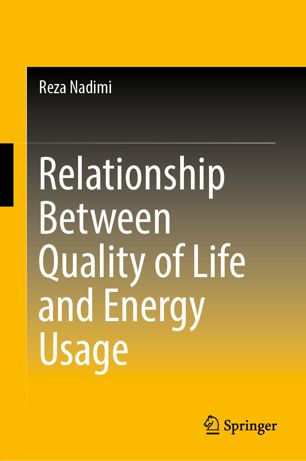

Most ebook files are in PDF format, so you can easily read them using various software such as Foxit Reader or directly on the Google Chrome browser.
Some ebook files are released by publishers in other formats such as .awz, .mobi, .epub, .fb2, etc. You may need to install specific software to read these formats on mobile/PC, such as Calibre.
Please read the tutorial at this link: https://ebookbell.com/faq
We offer FREE conversion to the popular formats you request; however, this may take some time. Therefore, right after payment, please email us, and we will try to provide the service as quickly as possible.
For some exceptional file formats or broken links (if any), please refrain from opening any disputes. Instead, email us first, and we will try to assist within a maximum of 6 hours.
EbookBell Team

5.0
30 reviewsThis book utilizes statistical techniques to define a quality of life (QoL) indicator combining the three dimensions of economy, health, and education. In turn, it uses modeling to assess the impact of energy consumption on 112 countries’ QoL. What sets the proposed model apart from previous research is its ability to distinguish between pre-developing, developing, and developed countries. One important aspect of this distinction is their different global energy policies and their priorities with regard to achieving sustainable energy consumption. Accordingly, the book also discusses eco-sufficiency, eco-efficiency, and energy poverty reduction for the three different types of countries.
In turn, the book provides general information on how to reconcile sustainable energy consumption with QoL and economic development. Optimization programming technique and simulation are applied to measure potential energy saving in each country, without sacrificing economic progress, and while maintaining QoL.
Given its scope, the book is highly recommended to the following audiences: (1) readers seeking a state-of-the-art quantitative work on energy systems and QoL; (2) manufacturers and developers of renewable energy technologies who consider renewables as an option for mitigating energy poverty; and (3) international institutions such as the United Nations seeking a sustainable global energy strategy.